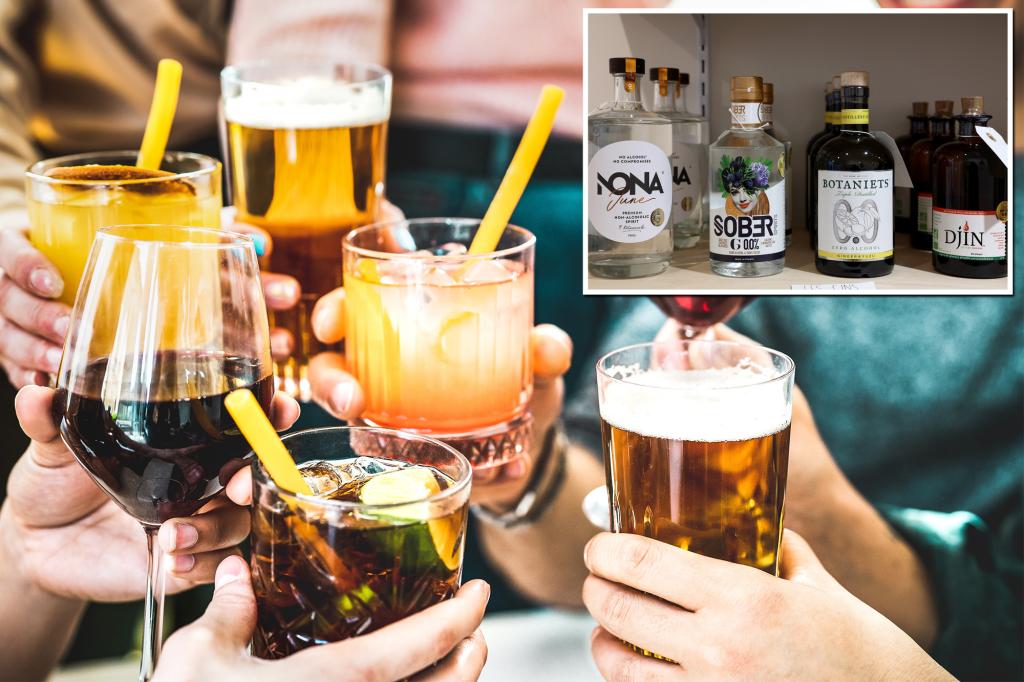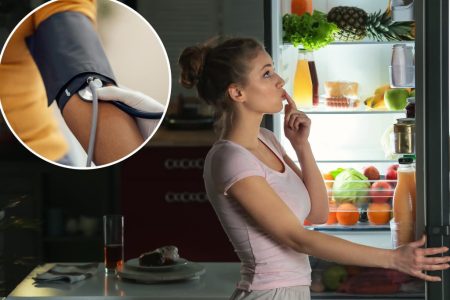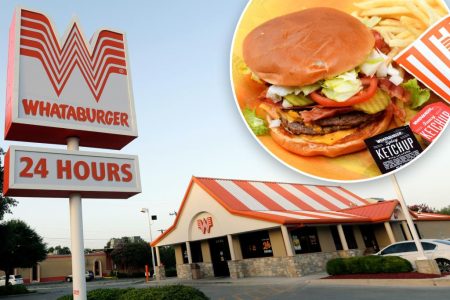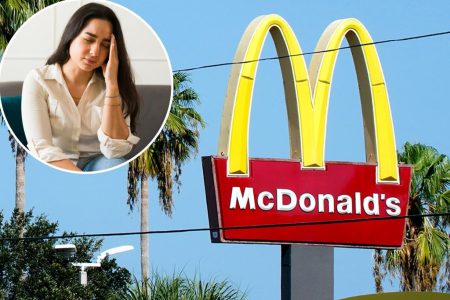Summarize this content to 2000 words in 6 paragraphs
As the New Year ushers in the so-called Dry January movement, a recent study shows that no- and low-alcohol beverages are becoming increasingly popular, particularly among millennials.
While some people may be motivated by the surgeon general’s Jan. 3 advisory linking alcohol consumption to an increased risk of cancer, findings from IWSR’s no- and low-alcohol strategic study suggest the trend has been growing internationally since 2019, especially with no-alcohol beer.
IWSR bills itself as “the leading global drinks data and insight provider” and is based in London.
Susie Goldspink, head of no- and low-alcohol insights at IWSR, told Fox News Digital that “no-alcohol tends to perform more strongly than low-, and that’s kind of across all categories.”
Beer is the most established category of these non-traditional drinks, she said.
“And that has kind of really taken leaps in terms of taste and quality of product and just the kind of acceptance socially of drinking non-alcoholic beer,” she said.
The study revealed that consumers of no-alcohol products have increased by 61 million buyers compared to 38 million for low-alcohol between 2022 and 2024 in 10 key countries: Australia, Brazil, Canada, France, Germany, Japan, Spain, South Africa, the United Kingdom, and the United States.
No-alcohol sales are expected to grow by $4 billion by 2028 — while low-alcohol volumes remain broadly static, according to the study.
“Some of the challenges that low-alcohol faces are confusion around the ABV [alcohol by volume] and whether you’re really getting less alcohol with this drink,” Goldspink said.
In contrast, she said, “with no alcohol, you know what it says on the [container]. And you know that if you’re trying to avoid alcohol or moderate alcohol, this product is going to be right for you.”
Know the difference between low- and no-alcohol
How much alcohol is in low-alcoholic offerings, and is there absolutely zero alcohol in non-alcoholic drinks?
Before trying low-alcohol or no-alcohol products, it’s important to understand the differences between them, experts said.
Derek Brown, a Washington, D.C.-based mixologist and author of “Mindful Mixology: A Comprehensive Guide to No- and Low-Alcohol Cocktails,” told Fox News Digital that the adult drink market can be a “muddy world,” but he offered a simple explanation.
Low alcohol is about half of the traditional amount of a malt beverage, while no alcohol is defined as 0.5% ABV, Brown said.
“Now, if it says alcohol-free, that means there’s no trace amount of alcohol. So, it’s 0.0.”
With improved quality comes increased demand
Although these non-traditional drinks have been gaining interest in recent years, they are still only about 3% of the total beverage market, Goldspink said.
Older generations have shown a resistance to imbibing low- or no-alcohol products, but as these drinks become more accessible and plentiful, the barriers that have surrounded the beverages are decreasing with a younger generation of consumers, Goldspink said.
“I think the stigma is rapidly reducing,” Goldspink said.
There was a time, Brown said, when these types of drinks just weren’t good.
“Bartenders of the past — I’m sorry, you let people down with your drinks,” Brown admitted. “They were not good, and some of them were because you made them on the spot with some grenadine and some pineapple juice. That’s not a good non-alcoholic cocktail.”
Times have changed, however, Brown said.
“There are really great non-alcoholic cocktails and there are bartenders now who are making exceptional [drinks],” Brown said. “Some of the best bartenders in the country, honestly, are doing this. We’re talking about Michelin-starred restaurants. We’re talking about the top bars in the country who are making it.”
One example of improved quality is the “innovative” methods that some beverage manufacturers are taking. Brown noted that Oregon-based Wilderton is the first non-alcoholic distillery in the U.S.
“So, they’re distilling the product just in the same way that you would do with any really high-quality spirit,” he said. “And they built a distillery to do it. That’s not cheap.”
The drinks can cost as much or more than traditional alcohol
The high-quality low- and no-alcohol drinks that are being made these days bring a cost to the consumer.
“I think there was some resistance originally to pricing and the fact that it’s pretty much priced on a par with alcohol,” Goldspink said.
But the continued efforts to create appealing low- and no-alcohol cocktails, spirits, and malts should encourage any drinkers who are on the fence about whether these offerings are worth the price.
“People are price-conscious these days. I am, too. So, I understand that,” Brown said.
“But I do want people to know they are absolutely putting quality and effort into these. And, in some cases, they’re more expensive than alcohol. Is that a scam? That, I think, is up to the beholder.”
Brown argued that these low- and no-alcohol manufacturers “have to go the extra mile.”
“They have to do more than spirits and wines with alcohol,” he said.
Ultimately, Brown said, there is no threat to traditional alcohol, which he believes will continue to have a place on store shelves for years to come.
He sees low- and no-alcohol products as another option rather than a replacement for beer, liquor, and wine.
“There still are bad products out there, just like there are bad cocktails with alcohol sometimes,” Brown said.
“The fact is, just because you taste one thing and you don’t like it — you can’t throw away an entire category.”















